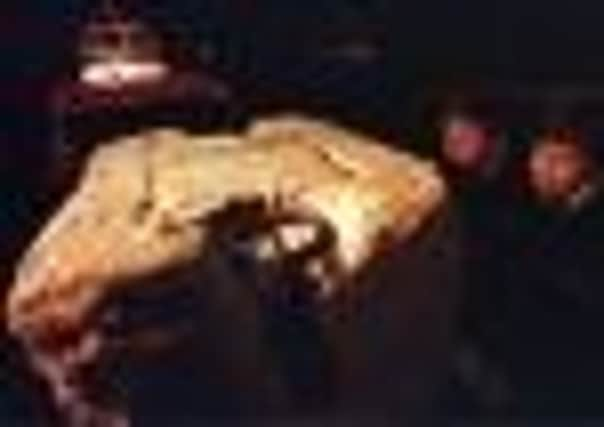Scottish fact of the day: The Stone of Destiny


The Stone of Destiny traditionally played a central role in the coronation of kings - Scottish kings were crowned upon the stone, whose Celtic name is Lia Fail, ‘the speaking stone’, or the stone which would proclaim the chosen king.
The origin of the stone is steeped in mystery and legend. Scholars of the past granted it biblical origins, while another theory believed that the Stone had been produced in various parts of Ireland and Scotland.
Advertisement
Hide AdAdvertisement
Hide AdDespite its unremarkable appearance, this block of sandstone has had a turbulent history, having been fought over, hidden and captured for over 700 years.
The stone remained in Scotland until it was forcibly removed by the English King Edward I in 1296, and taken to Westminster Abbey in London.
It was kept there under the coronation chair, on which English and subsequently British sovereigns sat during their coronation, for the next 700 years. It was last used at the coronation of Queen Elizabeth II in 1953.
On St Andrews Day, 30 November 1996, 10,000 people lined Edinburgh’s Royal Mile to witness the stone return to Scotland for the first time in 700 years.
In a service at St Giles cathedral, the Church of Scotland Moderator, the Right Reverend John MacIndoe, formally accepted the stone’s return.